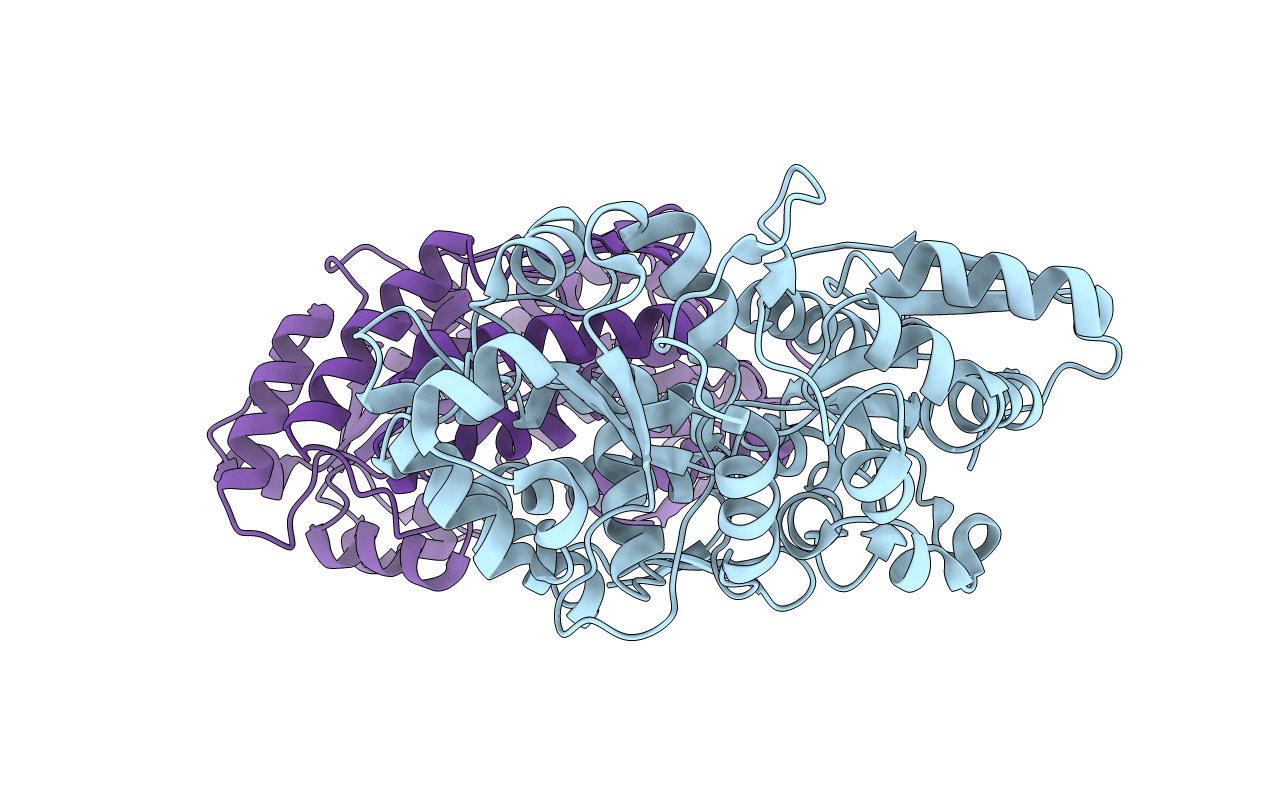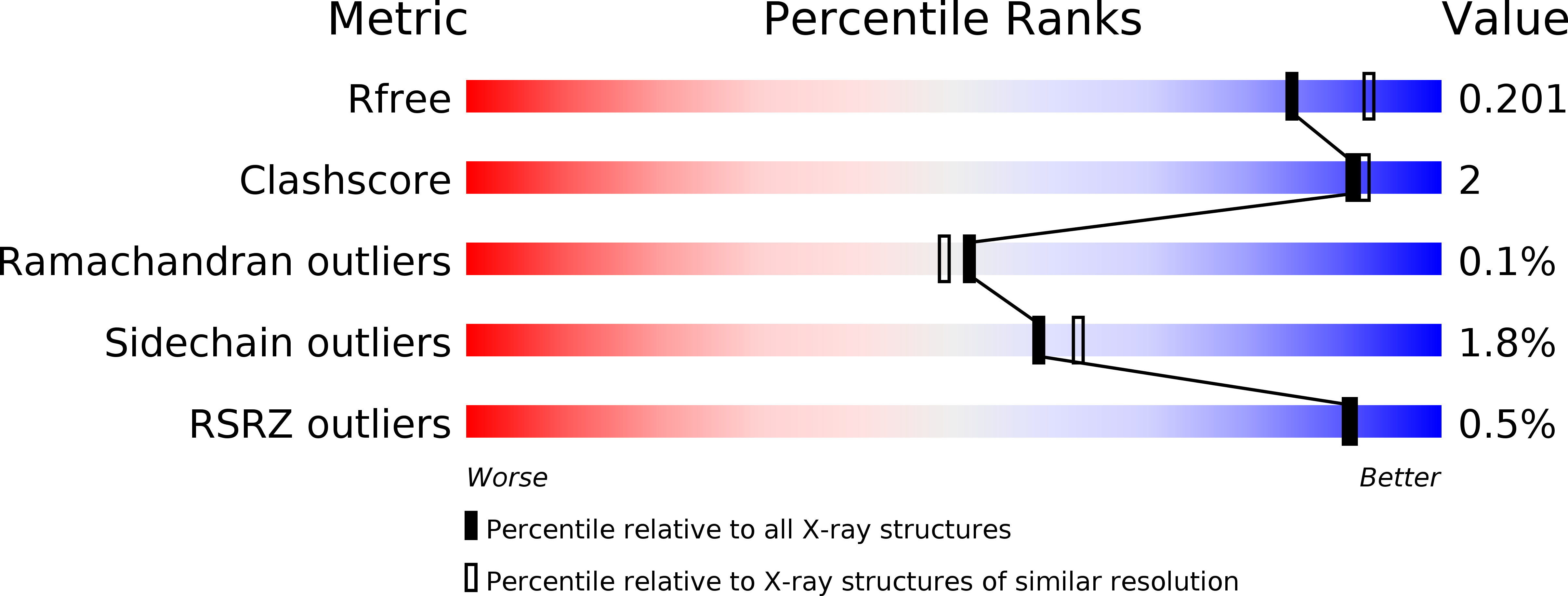
Deposition Date
2018-12-08
Release Date
2019-06-19
Last Version Date
2024-11-06
Entry Detail
PDB ID:
6Q5G
Keywords:
Title:
The ABC transporter associated binding protein from B. animalis subsp. lactis Bl-04 without ligand. SeMet variant
Biological Source:
Source Organism:
Bifidobacterium animalis subsp. lactis BB-12 (Taxon ID: 552531)
Host Organism:
Method Details:
Experimental Method:
Resolution:
2.00 Å
R-Value Free:
0.20
R-Value Work:
0.17
R-Value Observed:
0.17
Space Group:
P 1 21 1


